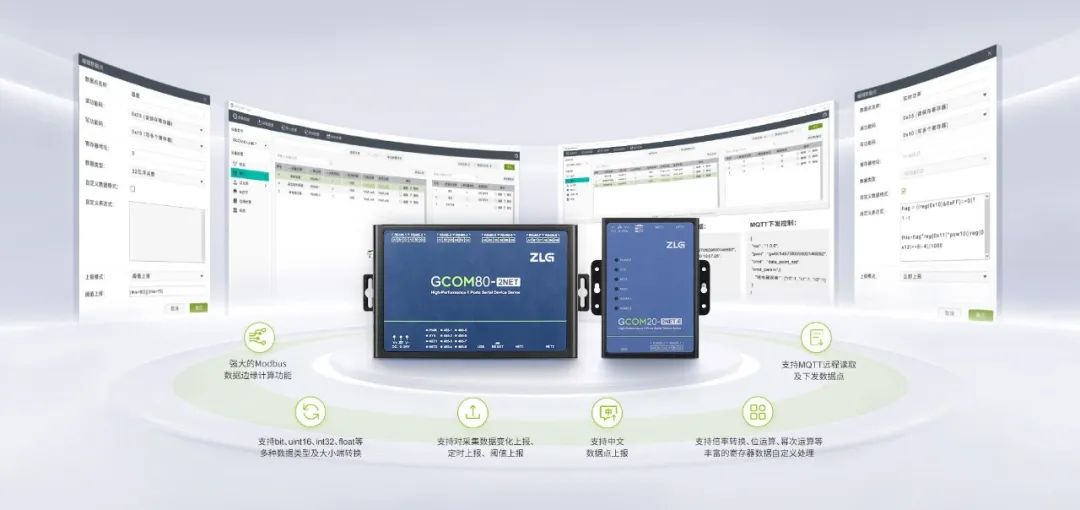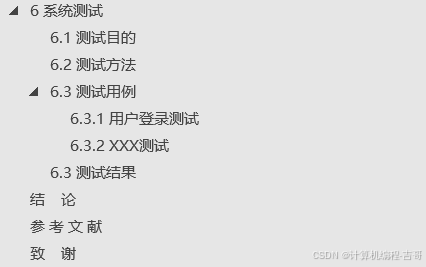一、spring相关知识
一、spring能干什么

二、spring生态
spring生态覆盖了:web开发、数据访问、安全控制、分布式、消息服务、移动开发、批处理等等。
官网链接:Spring | Home
二、springboot相关知识
一、springboot作用
Spring Boot makes it easy to create stand-alone, production-grade Spring based Applications that you can "just run".
SpringBoot能快速创建出生产级别的Spring应用
SpringBoot是整合Spring技术栈的一站式框架
SpringBoot是简化Spring技术栈的快速开发脚手架
二、springboot的优点
1、Create stand-alone Spring applications
创建独立Spring应用
2、Embed Tomcat, Jetty or Undertow directly (no need to deploy WAR files)
内嵌web服务器
3、Provide opinionated 'starter' dependencies to simplify your build configuration
自动starter依赖,简化构建配置
4、Automatically configure Spring and 3rd party libraries whenever possible
自动配置Spring以及第三方功能
5、Provide production-ready features such as metrics, health checks, and externalized configuration
提供生产级别的监控、健康检查及外部化配置
6、Absolutely no code generation and no requirement for XML configuration
无代码生成、无需编写XML
三、SpringBoot缺点
- 迭代快,需要时刻关注变化
- 封装太深,内部原理复杂,不容易精通
四、官网文档架构
一、各个模块介绍

 二、查看版本特性
二、查看版本特性
Home · spring-projects/spring-boot Wiki · GitHub

五、微服务
James Lewis and Martin Fowler (2014) 提出微服务完整概念。Microservices Guide
In short, the microservice architectural style is an approach to developing a single application as a suite of small services, each running in its own process and communicating with lightweight mechanisms, often an HTTP resource API. These services are built around business capabilities and independently deployable by fully automated deployment machinery. There is a bare minimum of centralized management of these services, which may be written in different programming languages and use different data storage technologies.-- James Lewis and Martin Fowler (2014)
- 微服务是一种架构风格
- 一个应用拆分为一组小型服务
- 每个服务运行在自己的进程内,也就是可独立部署和升级
- 服务之间使用轻量级HTTP交互
- 服务围绕业务功能拆分
- 可以由全自动部署机制独立部署
- 去中心化,服务自治。服务可以使用不同的语言、不同的存储技术



















